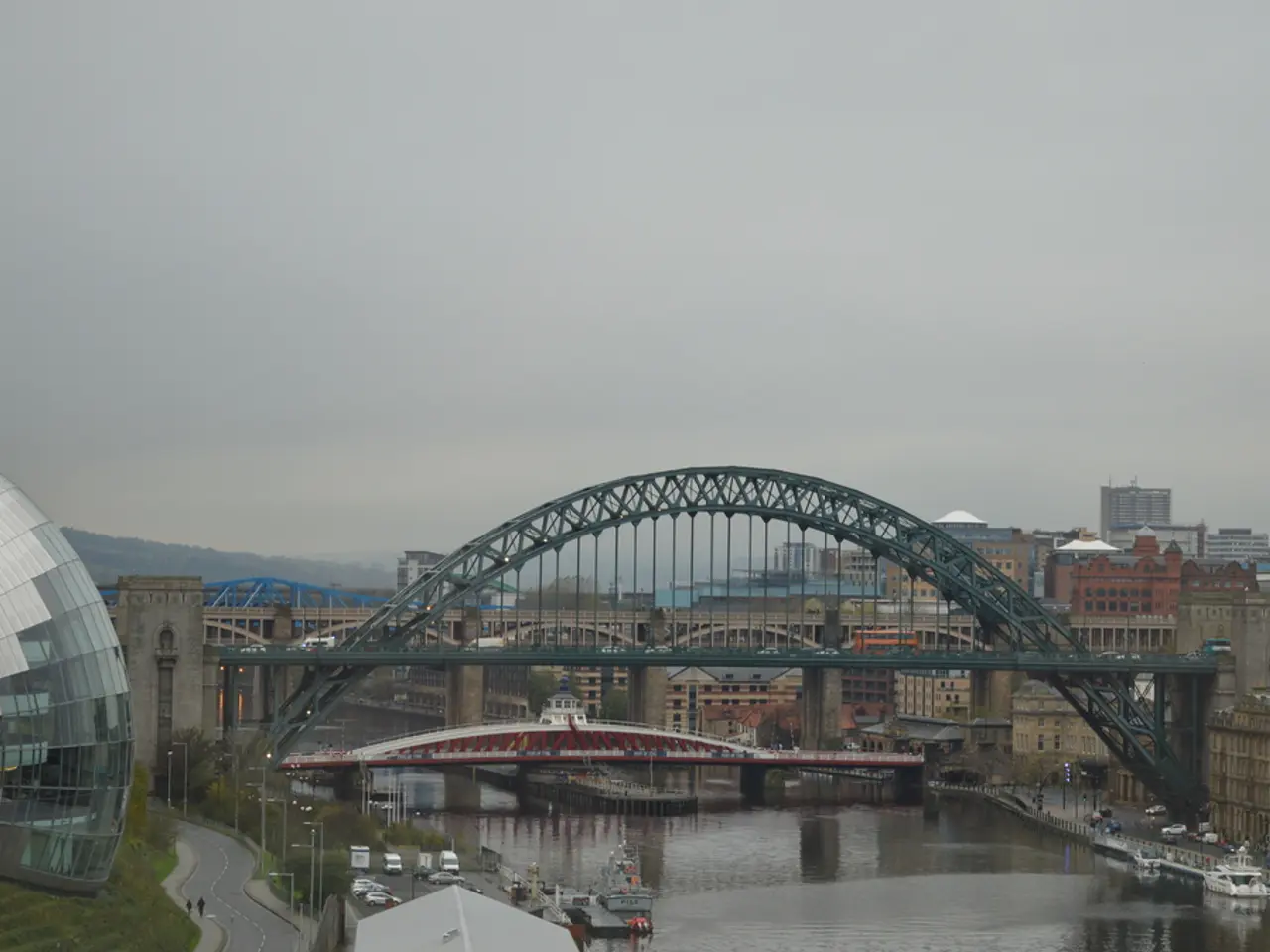The Epoch of Grand Endeavors
In the heart of Central Asia, Astana, the young and rapidly growing capital of Kazakhstan, is witnessing significant developments in facility construction, housing, and infrastructure.
By 2035, Astana and the broader Kazakhstan region are set to witness a transformation with the construction of over 1,300 new facilities. Major projects include:
- Nuclear Power Plant Construction: Kazakhstan is building its first nuclear power plant near Lake Balkhash, with two reactors totaling 2.4 gigawatts capacity expected to be operational by 2035-2036. This project is a key part of the national energy strategy and involves a $14-15 billion investment, plus an additional $1 billion for surrounding social infrastructure development. Though the plant is situated about 400 km from Almaty, it reflects nationwide infrastructure advancements impacting energy supply for cities including Astana.
- Transport Infrastructure and Logistics: Khorgos, a key border region, is undergoing expansion with new industrial sites and infrastructure, including a new international cargo and passenger airport by 2027, scaling capacity by 2032. This enhances Kazakhstan’s role as a transit hub under the Belt and Road initiative and supports economic growth influencing urban centers like Astana.
- Railway Infrastructure: Investments in Kazakhstan's railway system, including the Trans-Kazakhstan Railway corridor, are anticipated to generate substantial economic impact (up to $10 billion) by 2035, facilitating connectivity and logistics nationwide, which benefits infrastructure and economic activity in Astana.
- Employment and Investment Projects: Over 1,400 investment projects across Kazakhstan aim to create more than 220,000 jobs by 2030. These projects include active government support programs promoting professional training and business development, indirectly supporting housing and infrastructure growth by stimulating urban economy and workforce development.
The main focus of the revised General Plan of Astana until 2035 is on creating modern and affordable social infrastructure. By 2028, it is planned to construct 705 housing fund objects, 207 educational institutions (16%), 131 commercial objects (10%), 61 healthcare objects (4%), 52 administrative objects (4%), and 29 sports facilities (2%), among other infrastructure projects. In addition, by 2035, 138 new schools, 190 standalone kindergartens, and 17 Palace of Schoolchildren are planned to be constructed in Astana.
The largest number of objects will be constructed in 2026, totaling 402 objects, which is 31% of the total. In the near future, 401 objects are planned for construction in the next year, including 224 residential buildings, 52 educational institutions, 21 healthcare facilities, 52 commercial objects, 16 administrative buildings, 9 sports facilities, 8 recreational facilities, 6 emergency service objects, 3 communal-industrial objects, and 1 vehicle maintenance facility.
The expected housing stock in Astana by 2035 is 68 million 250 thousand sq.m. The right bank of Astana, the initially developed part, has historically dense construction, worn-out engineering communications, and old industrial facilities. The main principle of the project was state participation through the creation and financing of the state-owned enterprise "Elorda Damu".
Though specific large-scale housing plans for Astana were not detailed in the recent information, the trend indicates significant infrastructural growth supporting housing and new facilities in major cities including Astana by 2035. These developments are likely integrated within broader urban development driven by economic investments and infrastructure expansion.
In summary, Kazakhstan’s future plans through 2035 emphasize large-scale infrastructure projects like nuclear power, transport hubs, and railway corridors, backed by active job creation and investment, forming the foundation for expanded facilities, housing, and infrastructure development in Astana and beyond.
- By 2035, Astana will not only witness an expansion in physical infrastructure such as facilities, transport, and railways, but also focus on self-development, as 207 educational institutions are planned to be constructed, contributing to the education-and-self-development of the city's population.
- The revised General Plan of Astana until 2035 aims to create modern and affordable social infrastructure, with 138 new schools and 190 standalone kindergartens scheduled for construction, further emphasizing the importance of education-and-self-development in the city's future.




